A hydrometer is an instrument used to measure the exact specific gravity or relative density of a liquid.
The mother of the first hydrometer is the Alexandrian scholar Hypatia of 4. st.
The working principle of all hydrometers then and now is based on Archimedes’ flotation principle.
A typical hydrometer has 2 main parts; a cylindrical stem and a weight. It has a scale on the stem that makes it easy to read a specific gravity or other measurement.
Depending on the application, hydrometers are classified into the following categories:
– lactometer: measures the purity of cow’s milk
– Alcoholmeter: measures the alcohol content of a liquid
– saccharometer: measures the sugar content of a solution
– thermohydrometer: consists of a thermometer inside the floating part of a hydrometer and is used to measure the density of petroleum products
– urinometer: used in medicine to analyse urine
– barkometer: measures the strength of puddles
– battery hydrometer: used to measure the battery charge
– Antifreeze tester: measures the quality of the antifreeze solution used in cooling engines
– Acidometer: measures the specific gravity of an acid
– salinometer: measures the salt content of an aqueous solution.
Here we present the OPTi Multiscale hydrometer, a hand-held refractometer with internal light source for the determination of concentrations of various substances in liquid or semi-solid states.
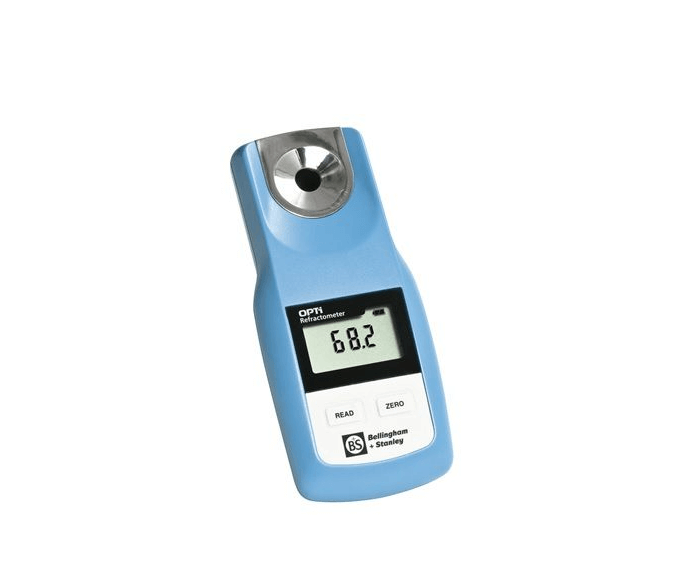
The SSX 210 Salt Hydrometer is used to measure the salt content of liquid and semi-solid food products such as meat, meat products, cheese and dairy products, etc.
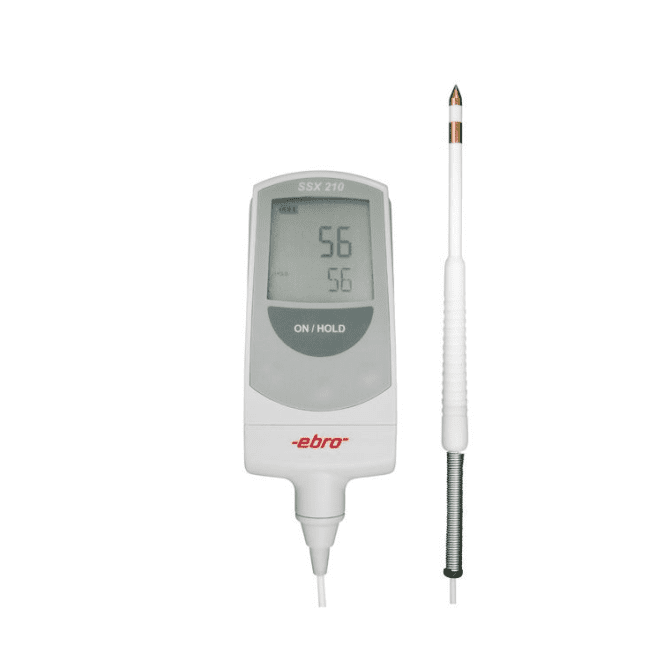
A hygrometer is an instrument that measures the humidity of air in a given volume.
Relative humidity is the volume of water vapour in the air, expressed as a percentage.
It represents the ratio of the actual water vapour pressure to the maximum possible water vapour pressure.
The dew point is the temperature at which water starts to escape from moist air. It depends on the water vapour content of the air and the humidity. The chilled mirror method of measuring the dew point observes the change in reflectivity of the mirror or the formation of droplets on the mirror.
The first investor is in 15. st. invented by Leonardo da Vinci. The first useful hygrometer for measuring atmospheric humidity was invented by Robert Hooke in 1665, based on observing the hair from a goat’s beard under a microscope. The first psychrometer was invented by J.F. Daniell in. 1820.
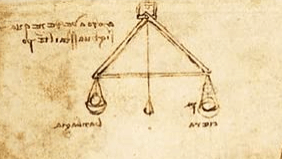
Depending on the type of operation and its own characteristics, there are several types of hygrometers, such as:
– Hygrometer made of a metal paper coil: water vapour is absorbed by a paper strip, which indicates the humidity on the dial.
– Psychrometer: works on the basis of water evaporation. Such a device consists of a dry thermometer and a wet thermometer.
– Mirror cold dew point hygrometer: more accurate, used to detect condensation on the mirror surface.
– Powerful hygrometers: suitable for a variety of applications.
– Resistive hygrometers: measure changes in electrical resistance due to humidity.
– Thermal hygrometers: measure the change in thermal conductivity due to humidity.
– Gravimetric hygrometer: is the most accurate hygrometer designed for testing humidity levels.
The HF5 series of HygroFlex5 transducers is the result of the latest developments in moisture, temperature and dew point transducers. An outstanding feature of this measuring device is the possibility to transmit any psychrometric calculation in analogue or digital signal format.
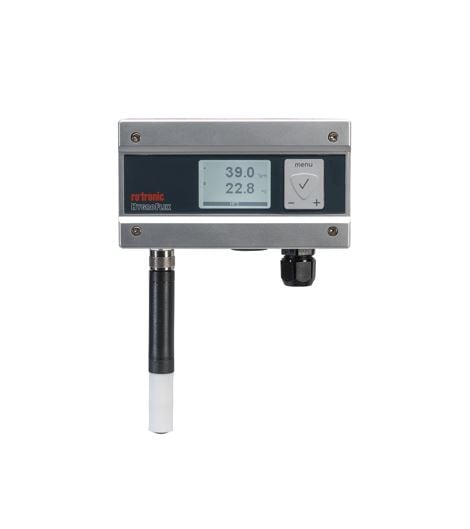
The U4130 data logger is based on temperature, humidity and atmospheric pressure. It includes a certificate of traceability of calibration with declared metrological traceability of standards based on the requirements of EN ISO/IEC 17025.
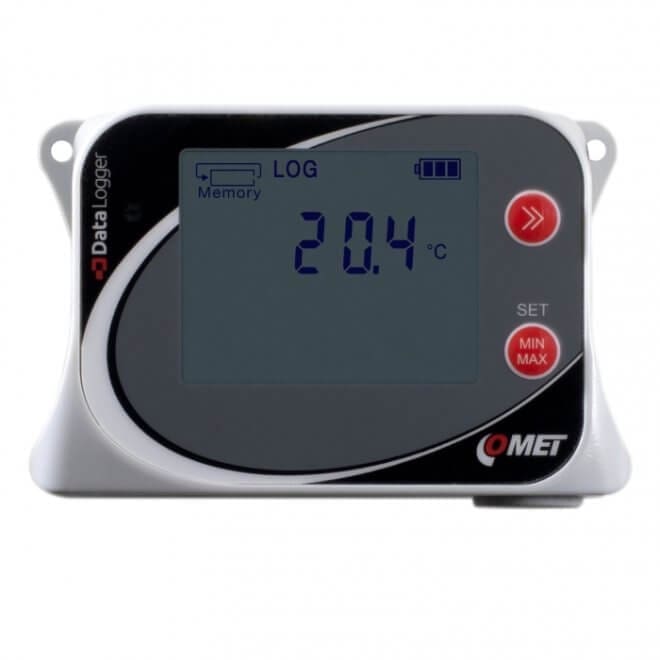
The difference between a hydrometer and a hygrometer is only one letter in the name. This makes the difference between measuring the relative density of a liquid (the specific gravity of the liquid) with a hydrometer, or the humidity (the amount of water vapour in the air) in a given volume with a hygrometer. Hydrometers are classified according to their context of use and hygrometers according to their method.
Both meters require calibration and temperature maintenance for high accuracy.
By then, Hypates and Da Vinci would have been proud that their prototypes had become important instruments of the future.
Aleksandra Lepenik, Janja Lepenik
source: Geršak, G.: Metrology; Kladnik, R.: College Physics; Lazarini, F.: General and Inorganic Chemistry;
August 2022
Call us!
Phone: +386 2 62 96 720
They are always available for opinions and explanations:
Measurement expert Zoran Lepenik
Measurement expert: Aleksandra Lepenik
Read also:
– Precision measurements in meteorology
– Humidity and temperature control for baking
– Humidity measurement in laboratories – S8000 -100 precision
– Measurements with the SSX 210 salt content meter
– How to measure relative humidity with chilled mirror hygrometers
Call us:
+386 (0)2 62 96 720
Email us:
[email protected]